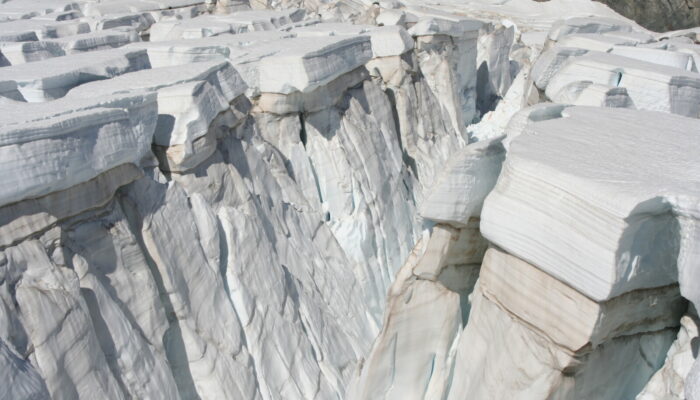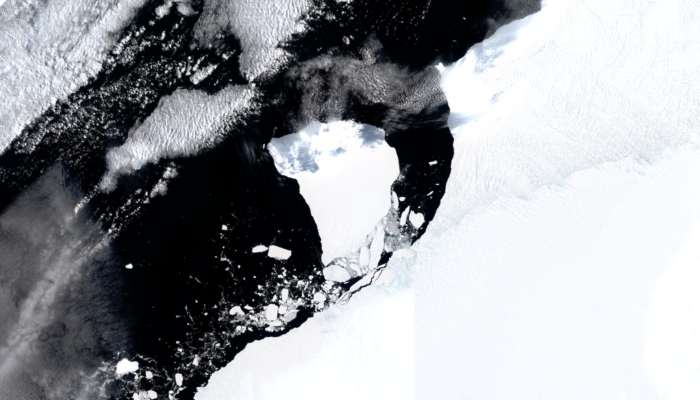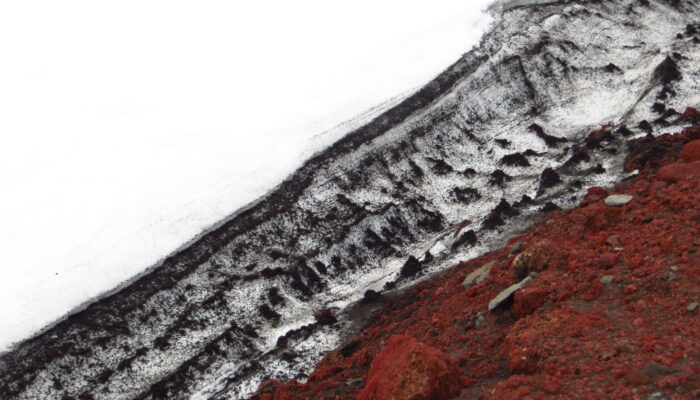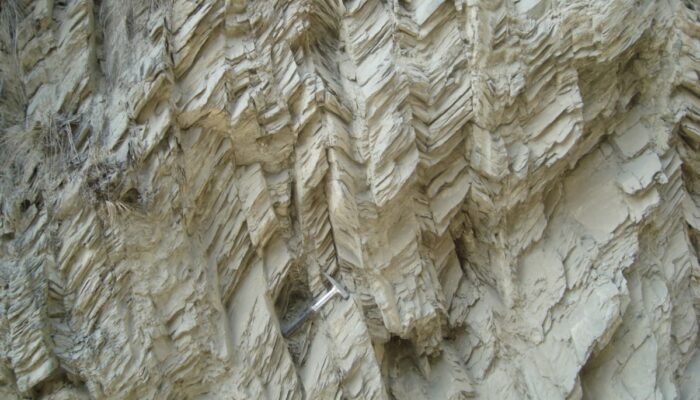This image shows layers of dust and snow at the surface of Fox Glacier, Southern Alps, New Zealand. The glacier surface in the upper part of Fox Glacier’s ice fall is heavily crevassed and intersected into seracs. Individual layers of fresh and old snow are visible, some with visible thin dust layers at their surface. The more reddish dust layers in the lower part of the image had been gener ...[Read More]
Imaggeo On Monday: Layers of dust and snow




